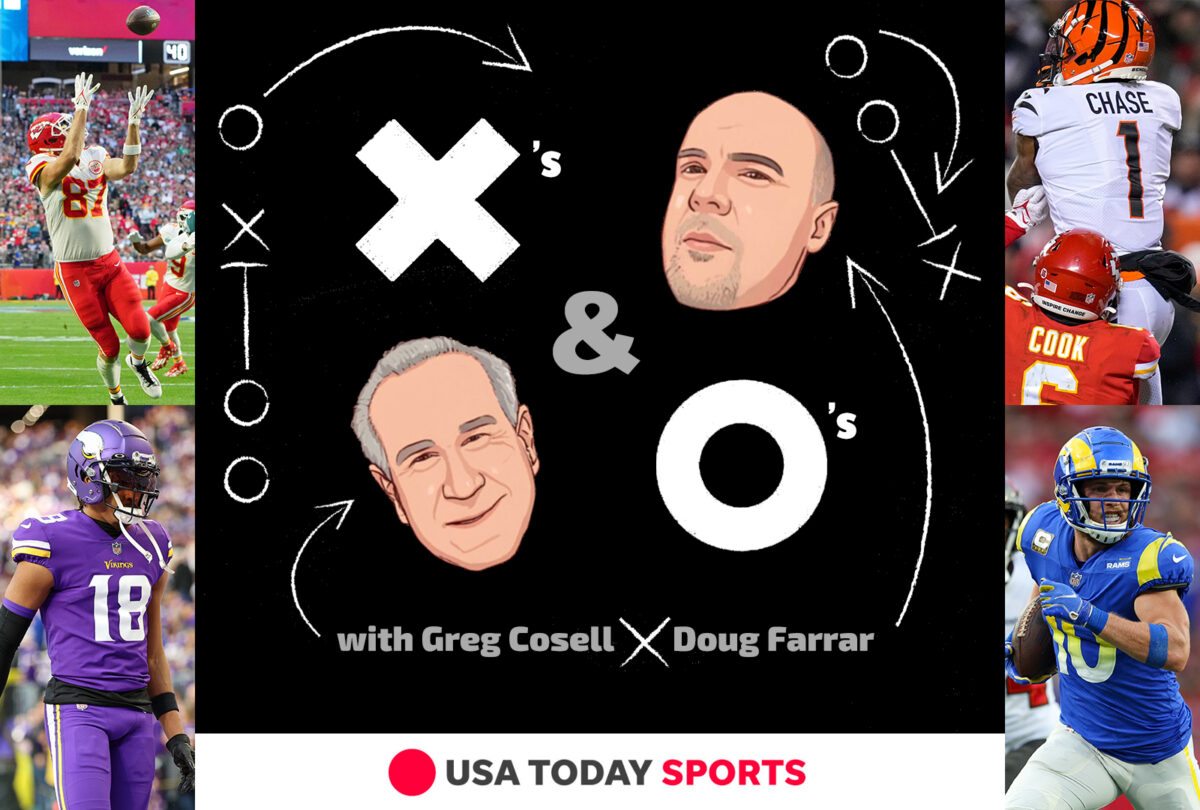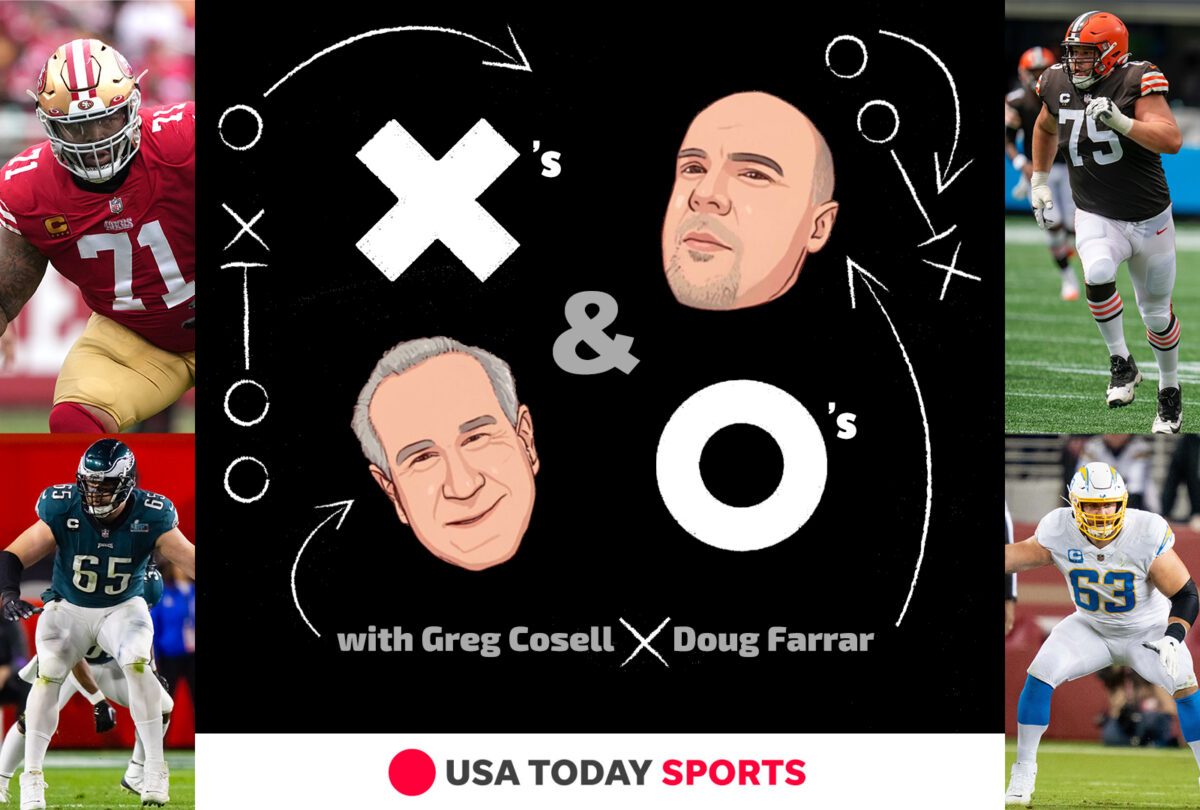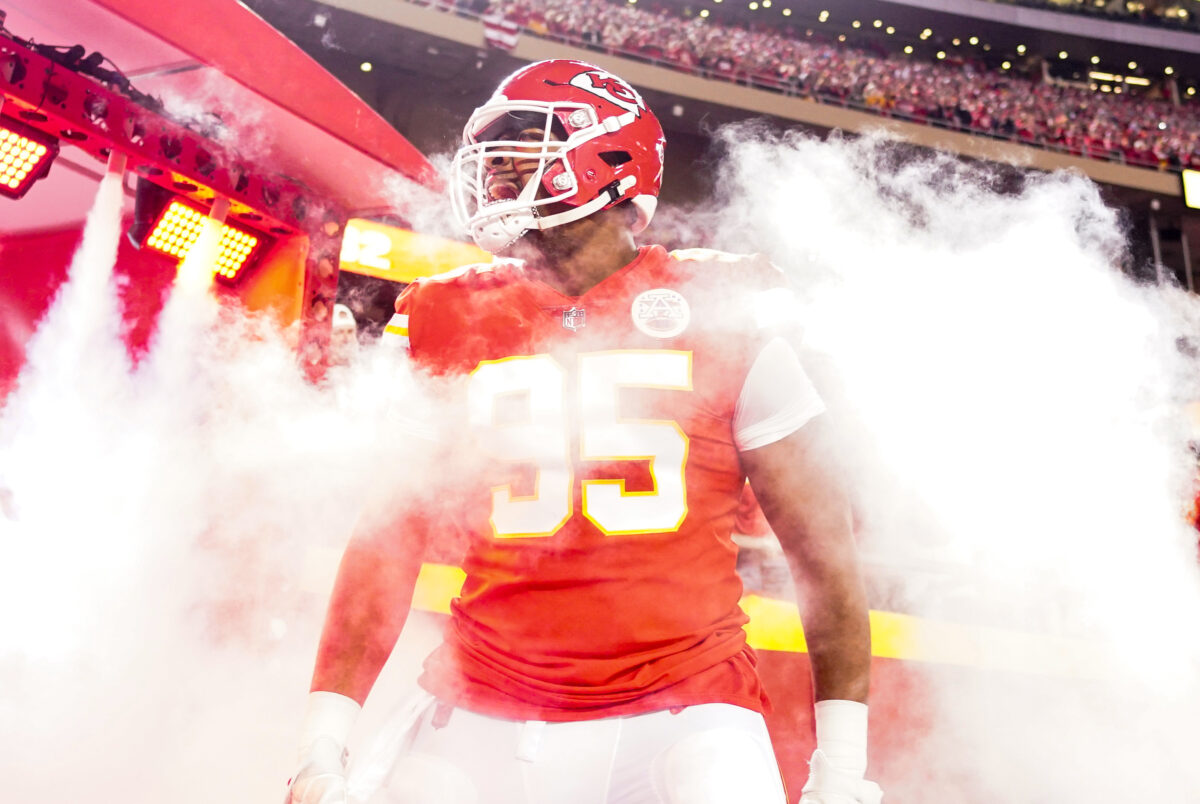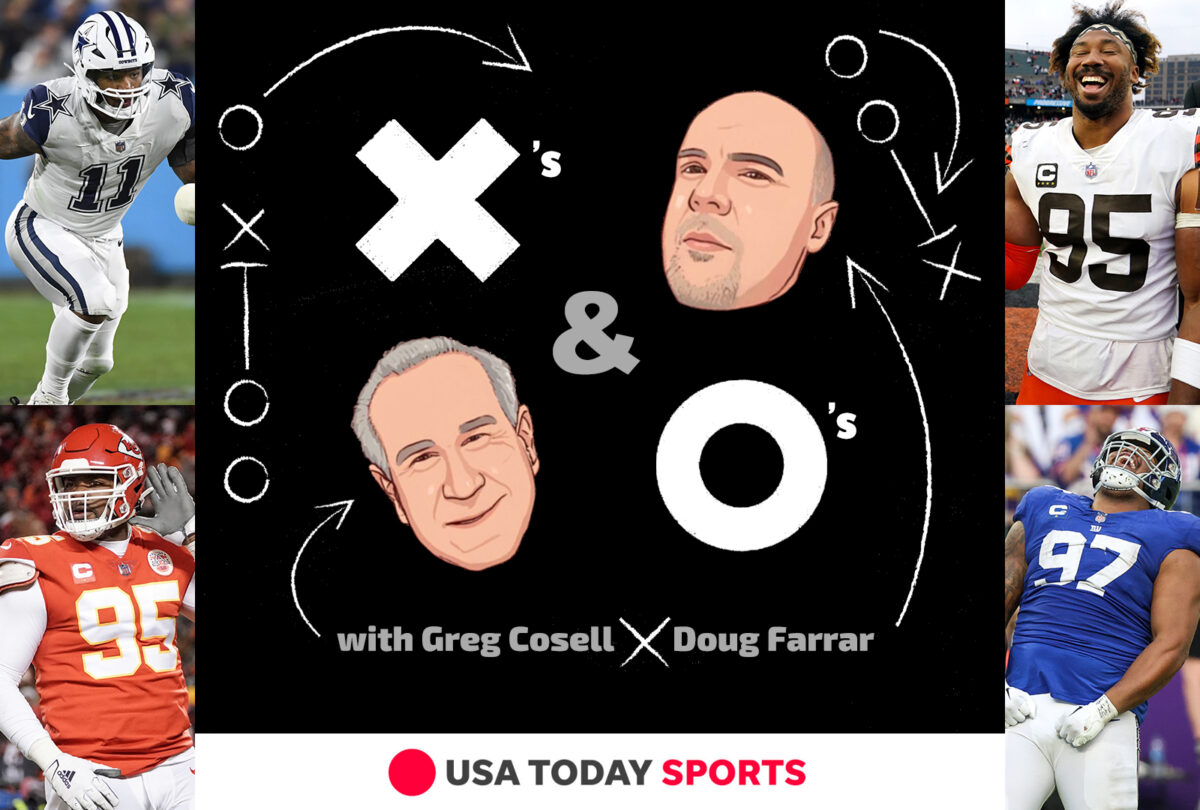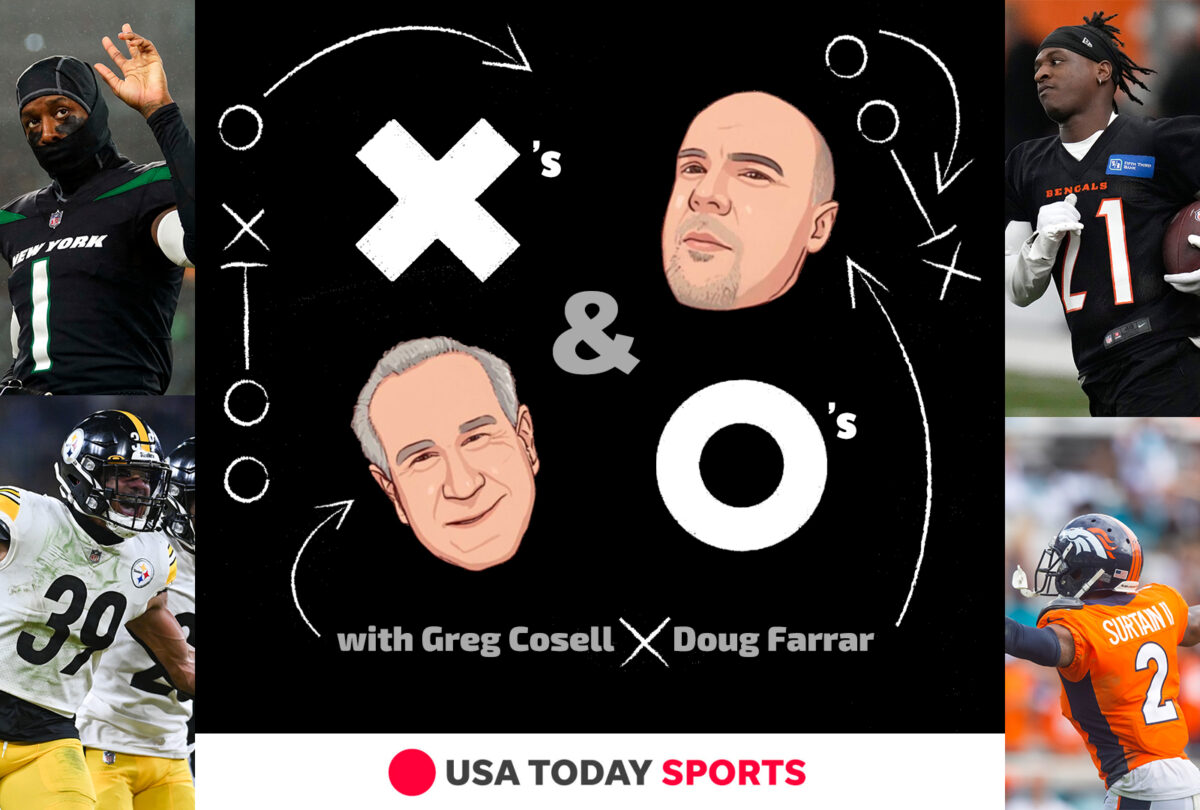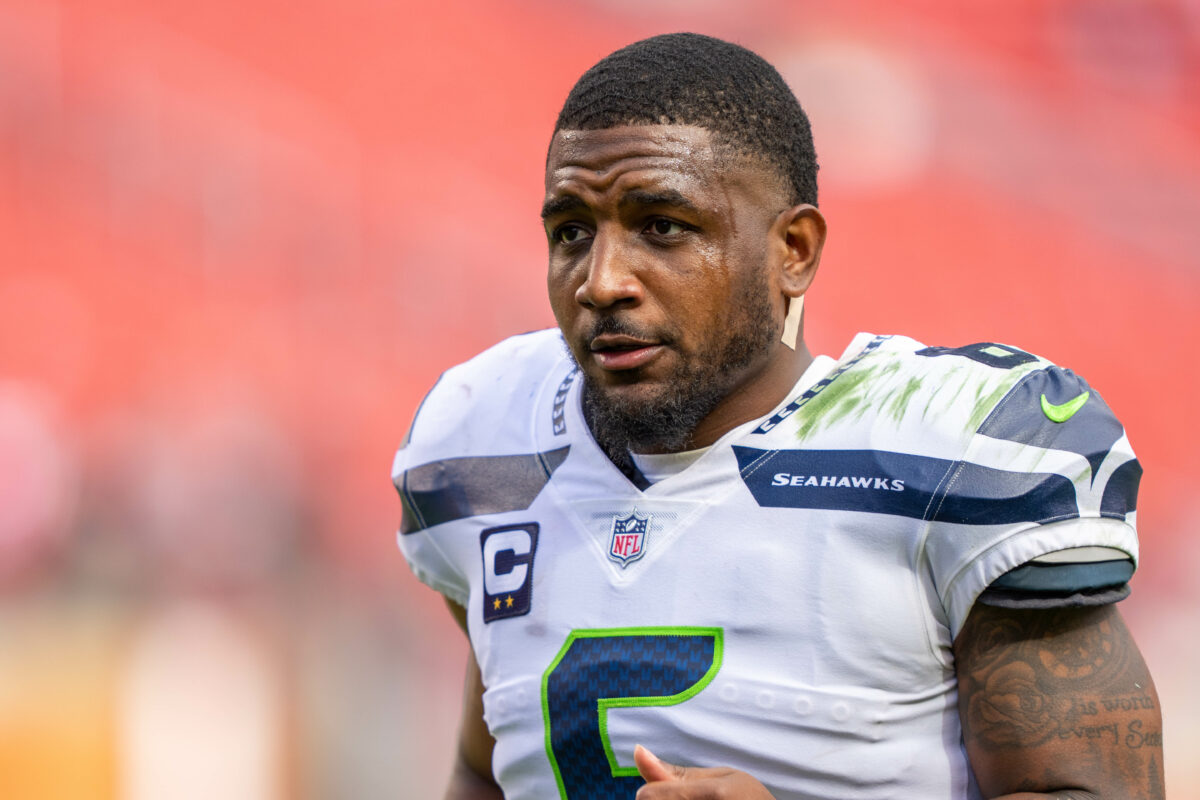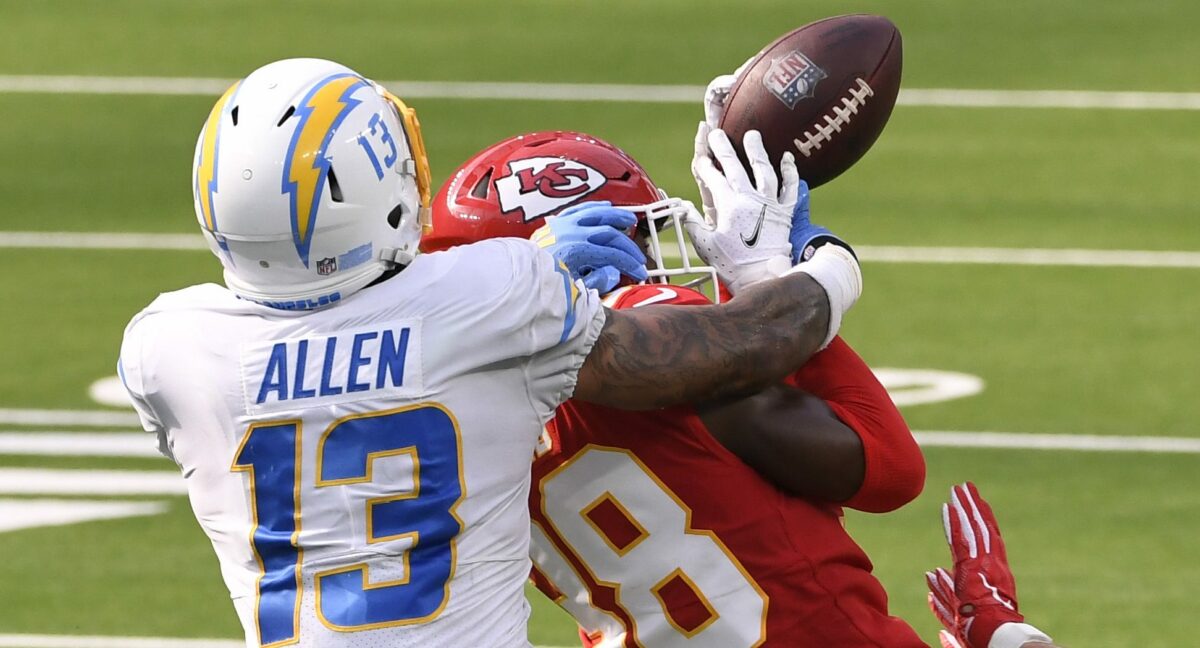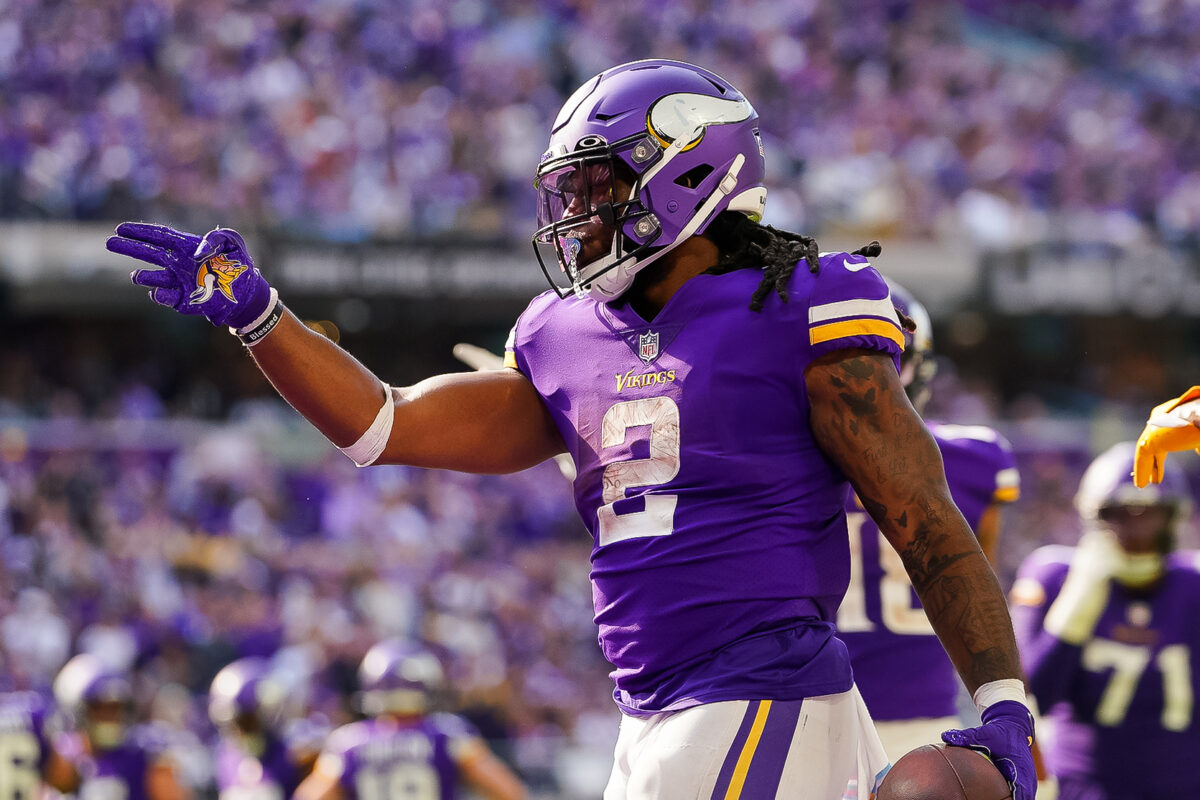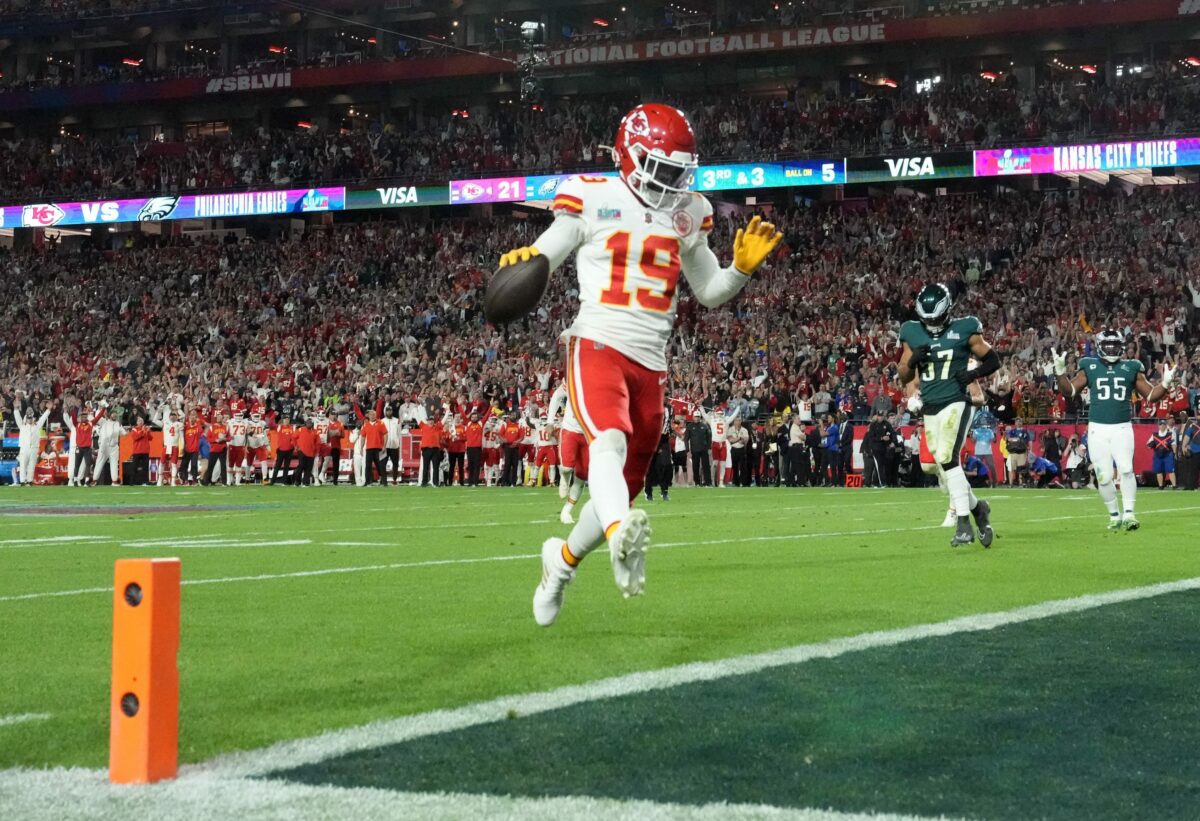Over the last few episodes of “The Xs and Os with Greg Cosell and Doug Farrar,” Greg (of NFL Films and ESPN’s NFL Matchup) and Doug (of Touchdown Wire and the USA Today Sports Media Group) have endeavored to build some perfect position groups. We started with the ideal secondary, worked our way to the best defensive line we could put together from current NFL players, and then, moved to the other side of the trenches with the best possible offensive line.
Now, it’s time to switch that focus to the best receiver group that can be assembled, identifying the traits and attributes for tight ends, outside receivers, and slot receivers that are the most important in today’s NFL.
Moreover, there’s the elements of how receivers must develop and improve their modus operandi against defenses that are showing them more disguised looks and late movement than at any other time in NFL history.
“Receivers have to read coverage the same way quarterbacks have to read coverages,” Greg said in this week’s video/podcast. “Because you can draw up routes, and everything is drawn up as a structural ideal. So, if you have a route concept — let’s say for the sake of discussion, a three-level stretch or flood concept — there’s three routes to one side of the field: A short route, an intermediate route, and a vertical route. Now, a vertical route is a vertical route. It could be a straight go route, or it could be a deep post.
“An intermediate route? That functions to some degree based on coverage. In an ideal world, you run it at a certain depth. But if the coverage does not allow you to run it at a certain depth, you must make an adjustment. Because the quarterback will see that the receiver may not be able to make his break exactly in that spot, because maybe the underneath defender went to more depth, or he sunk a little further, so he’s taken away where the intermediate route is supposed to go.
“That’s just one example, but the overriding point is that receivers must be able to read coverage the same way quarterbacks do.”
This 42-yard pass from Patrick Mahomes to Marquez Valdes-Scantling in Week 13’s Chiefs-Bengals game last season was a great example of a winning flood concept. Tight end Travis Kelce ran the flat route short from the formation, and Valdes-Scantling ran the vertical route from the slot. It was up to outside receiver Justin Watson to deduce how the coverage would go, and when he saw slot defender Mike Hilton come down to defend Kelce, and outside cornerback Eli Apple rush to double Valdes-Scantling deep with safety Vonn Bell, Watson knew he’d have an opening on the intermediate route.
Not that he needed it, because Mahomes (as is his wont) was aiming for the big play.
You can watch this week’s edition of “The Xs and Os” right here:
[mm-video type=video id=01h51h6b4a49j6pxqr6m playlist_id=none player_id=none image=https://images2.minutemediacdn.com/image/upload/video/thumbnail/mmplus/01h51h6b4a49j6pxqr6m/01h51h6b4a49j6pxqr6m-42171e5e36ebfcce328d87d3342003e2.jpg]
And, you can listen to “The Xs and Os” podcast on Spotify…
or on Apple podcasts.
